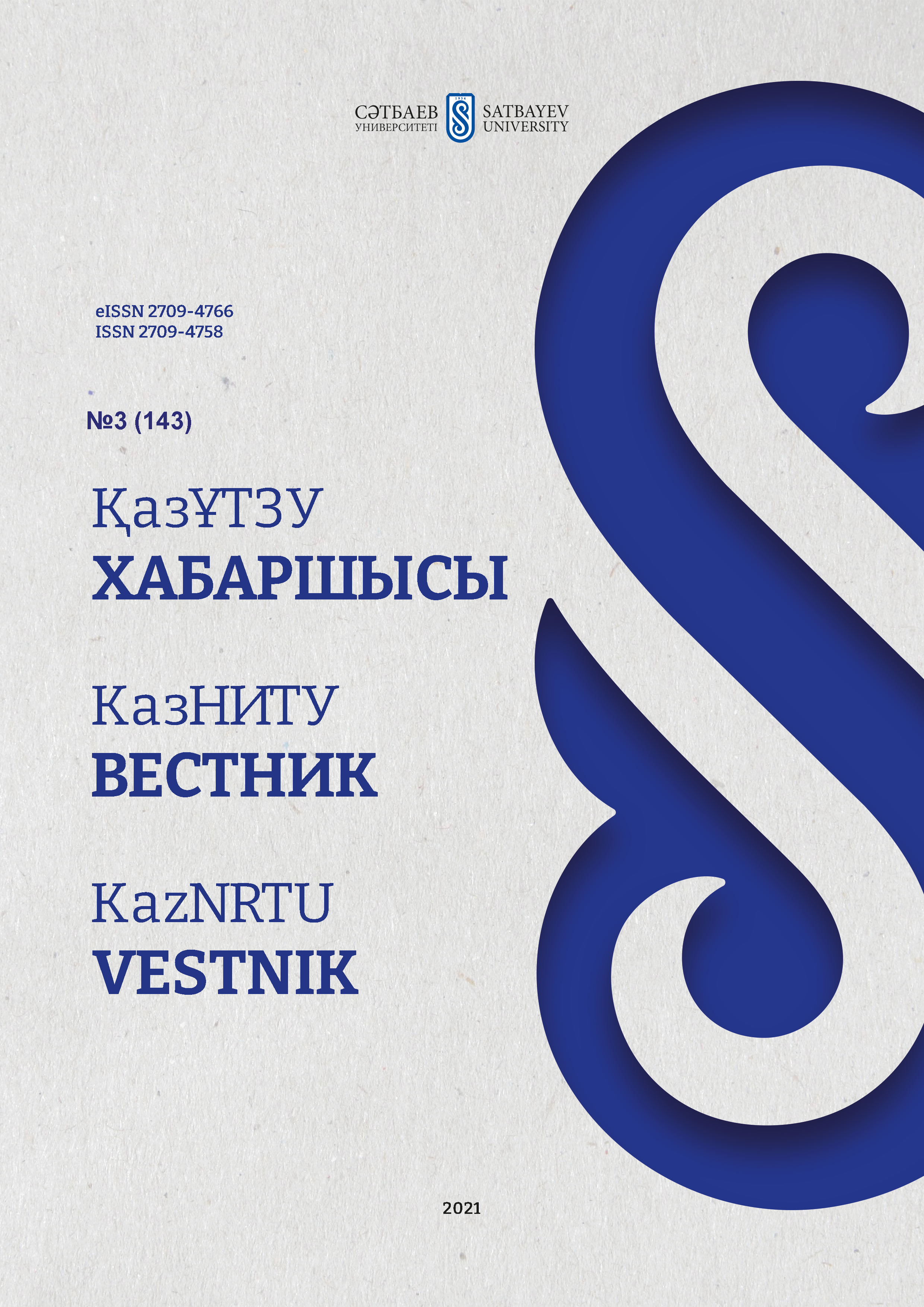Overview of cable parallel robots
DOI:
https://doi.org/10.51301/vest.su.2021.i3.27Keywords:
cable parallel robots, design, control, planning, kinematics, dynamicsAbstract
Unlike rigidly coupled parallel robots, parallel cable robots (PCR) are driven by flexible cables rather than rigid links to control the position and orientation of the working body. PCRs have the advantages of parallel robots over conventional robots, including a higher load-to-weight ratio. PCR have lower inertial characteristics and a higher payload-to-weight ratio, which provides high speed and acceleration of the working body. Due to the flexibility of the ropes, PCRs can be used to solve complex tasks with a large working area of service. This article provides an overview of some types of parallel cable robots developed in the world. An overview of works on the design of the PCR, structure, kinematics and dynamics, control and trajectory planning is shown. The conducted review of cable parallel robots will be useful for students and doctoral students working in the field of research of fundamentally new robots.
Downloads
Published
How to Cite
Issue
Section
License
Copyright (c) 2021 VESTNIK KAZNRTU

This work is licensed under a Creative Commons Attribution-NonCommercial-NoDerivatives 4.0 International License.
<div class="pkpfooter-son">
<a rel="license" href="http://creativecommons.org/licenses/by-nc/4.0/"><img alt="Creative Commons License" style="border-width:0" src="https://i.creativecommons.org/l/by-nc/4.0/80x15.png"></a><br>This work is licensed under a <a rel="license" href="http://creativecommons.org/licenses/by-nc/4.0/">Creative Commons Attribution-NonCommercial 4.0 International License</a>.
</div>





